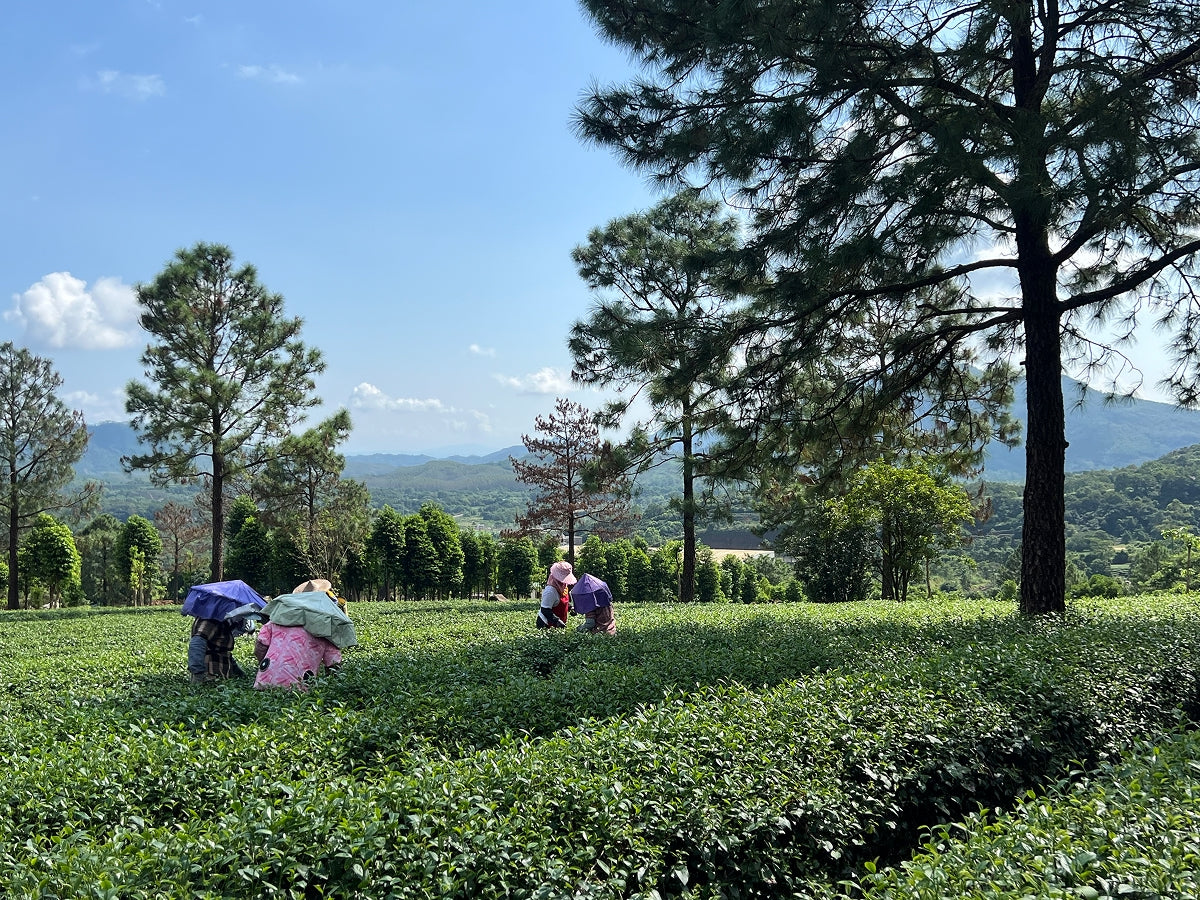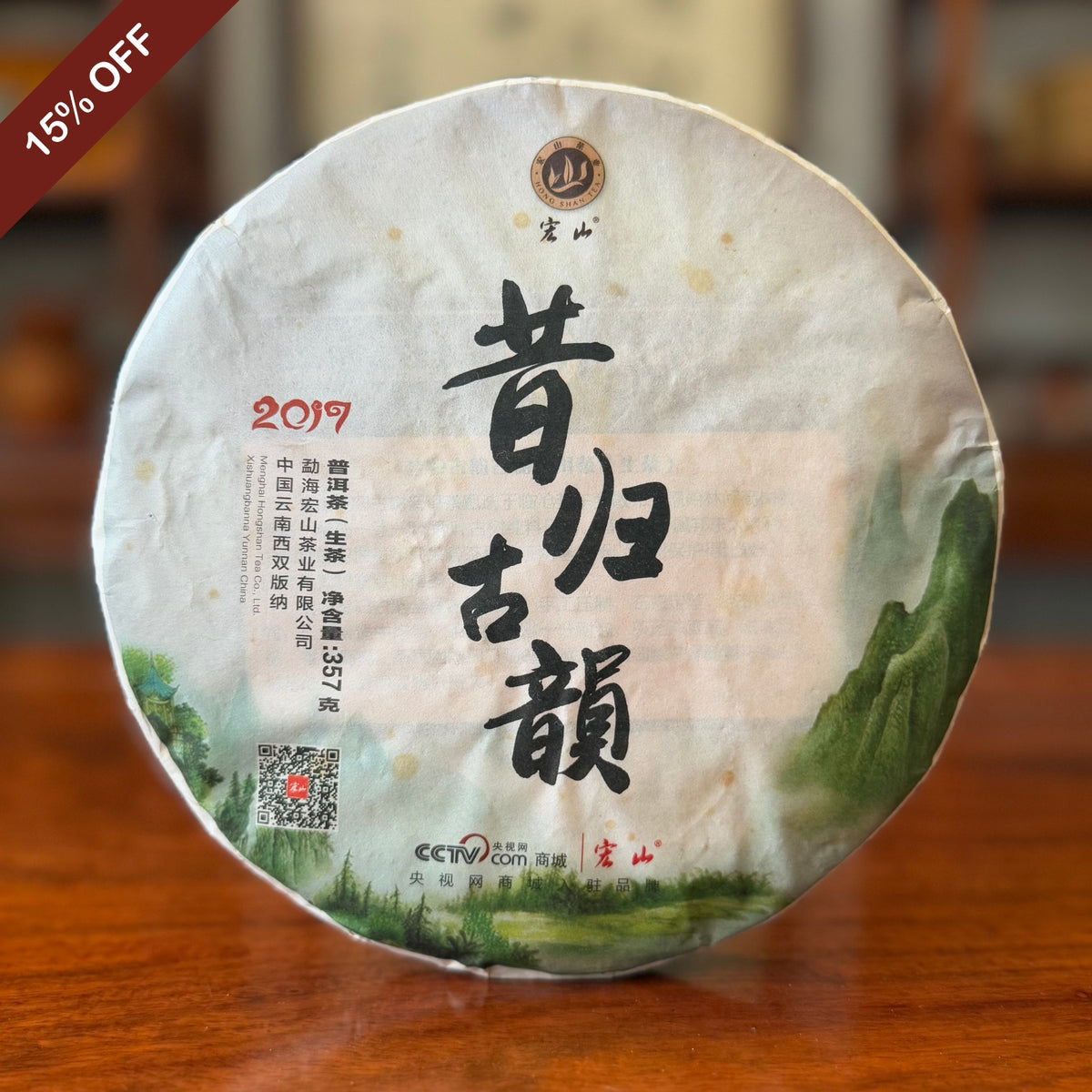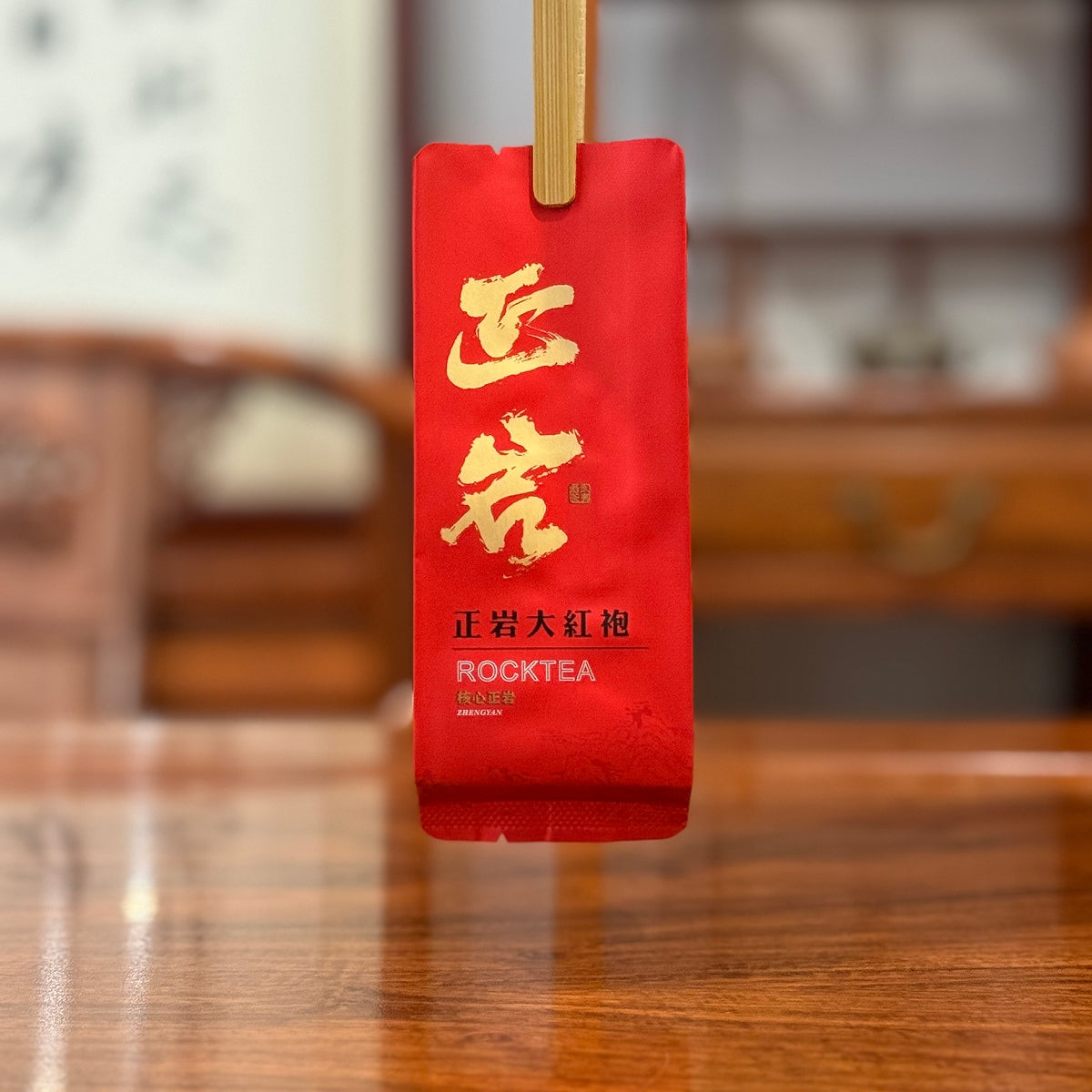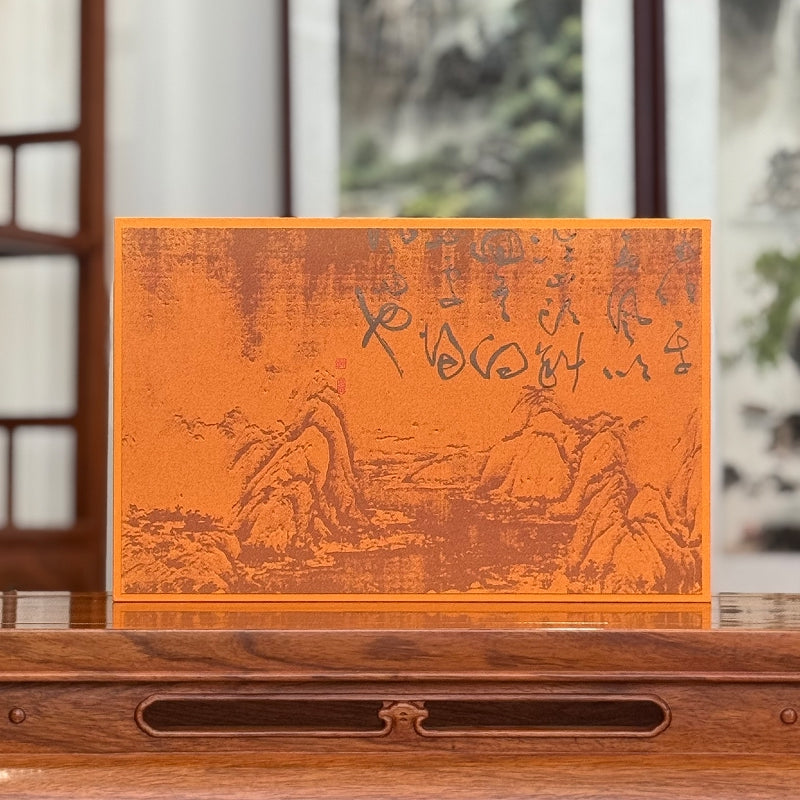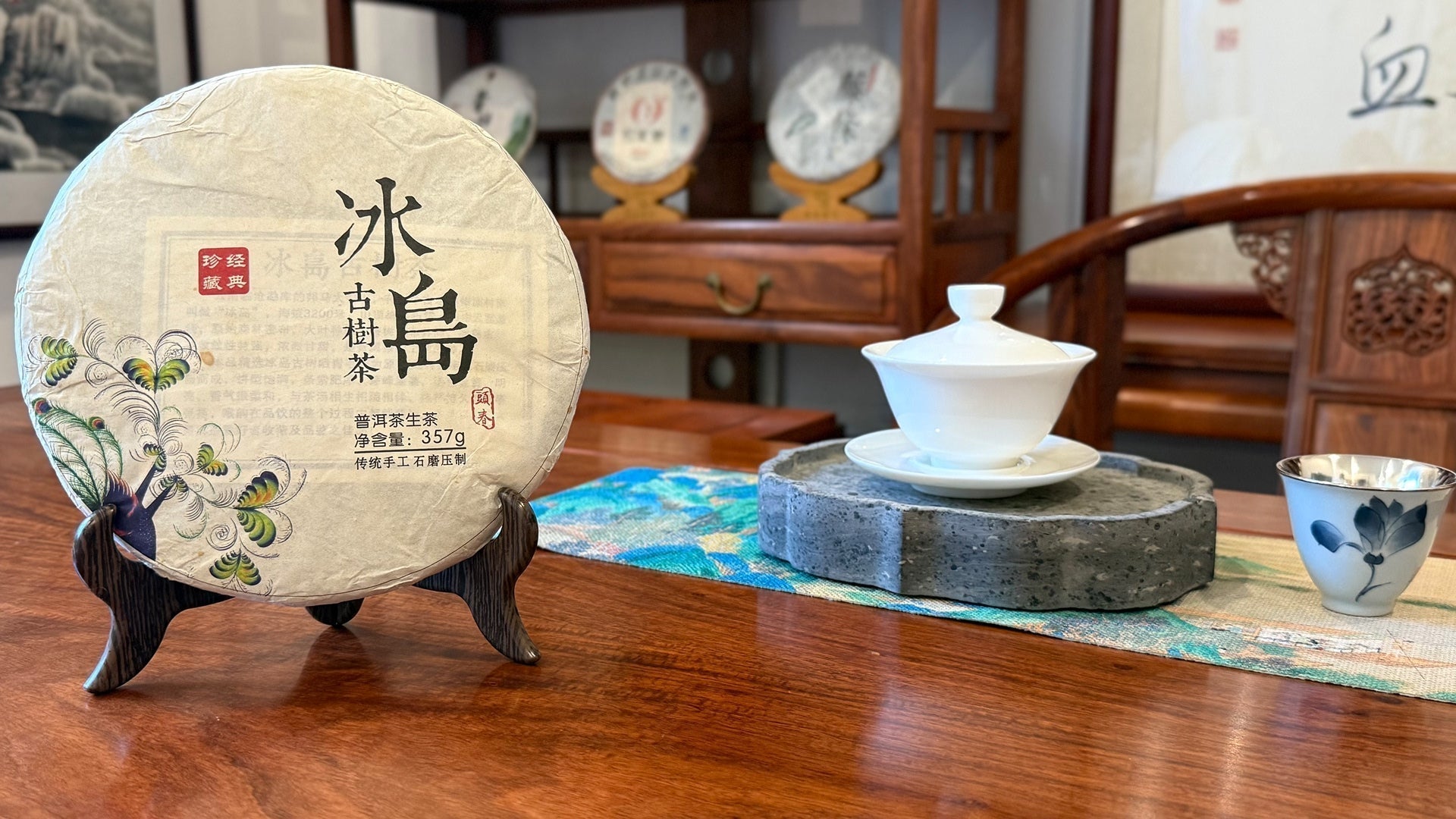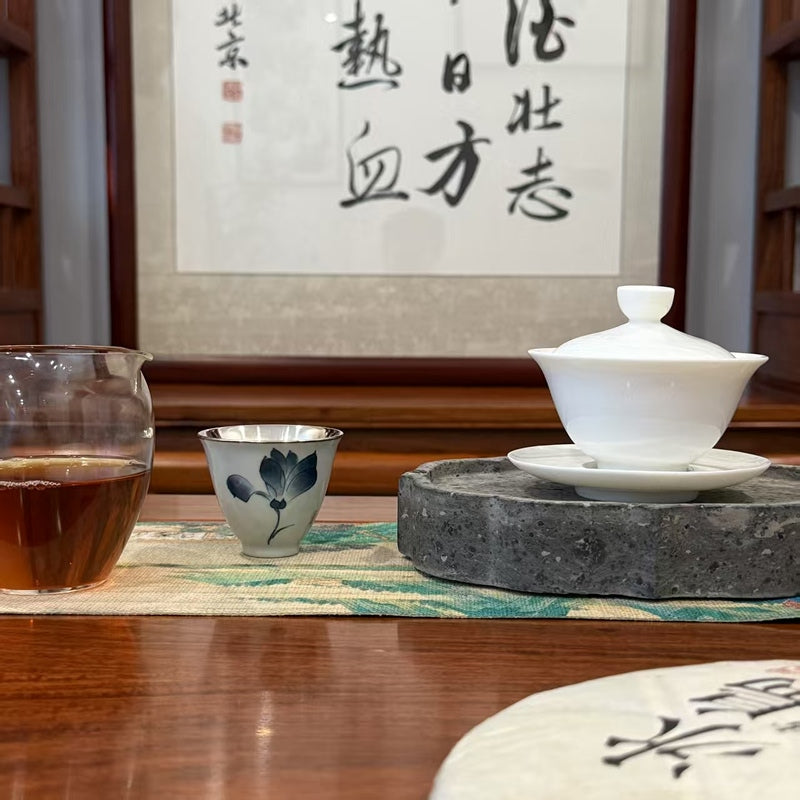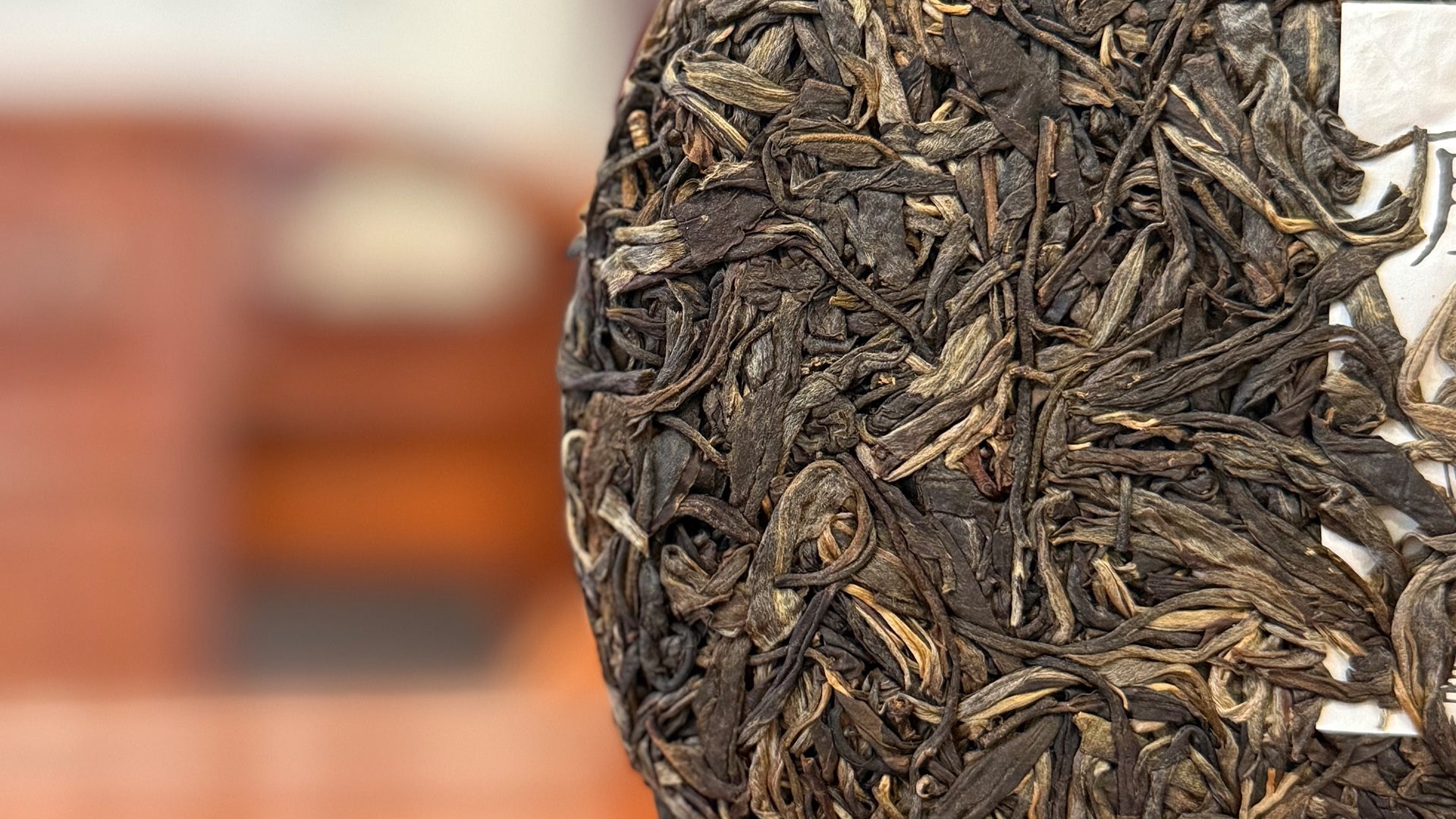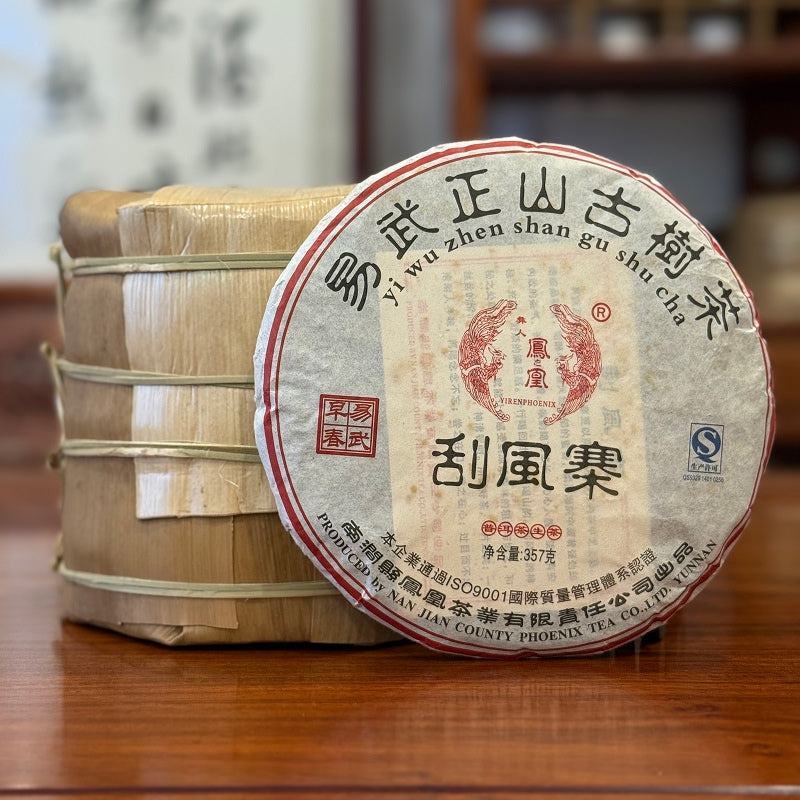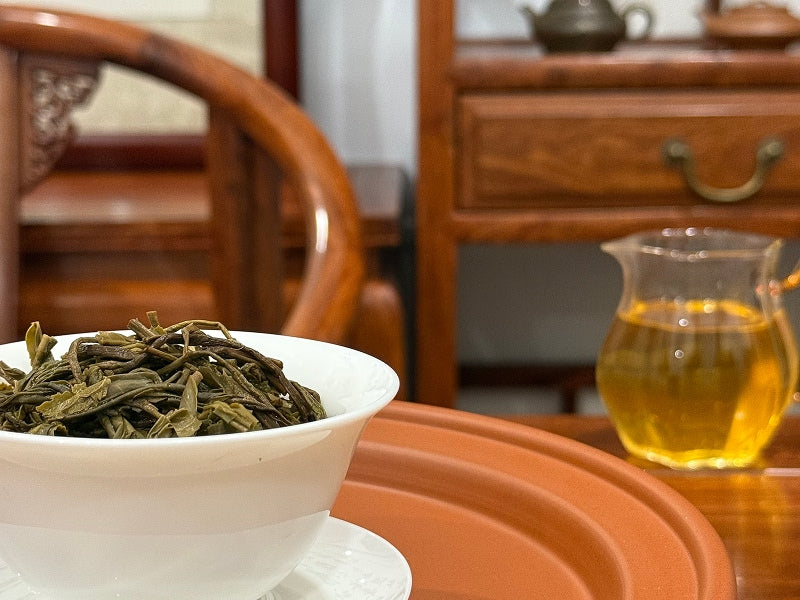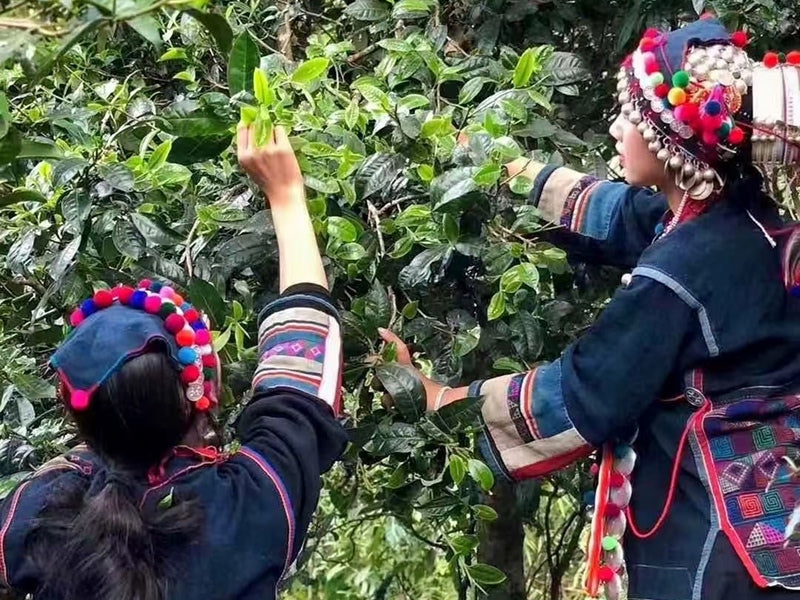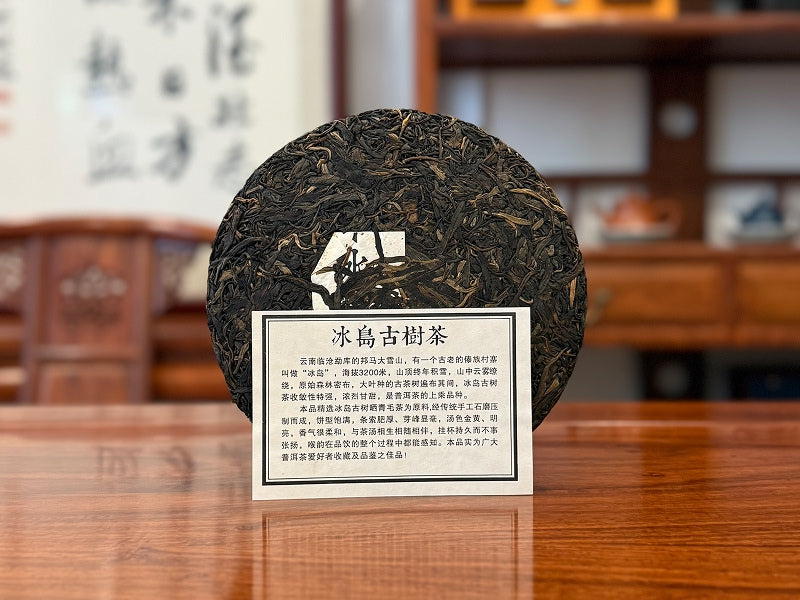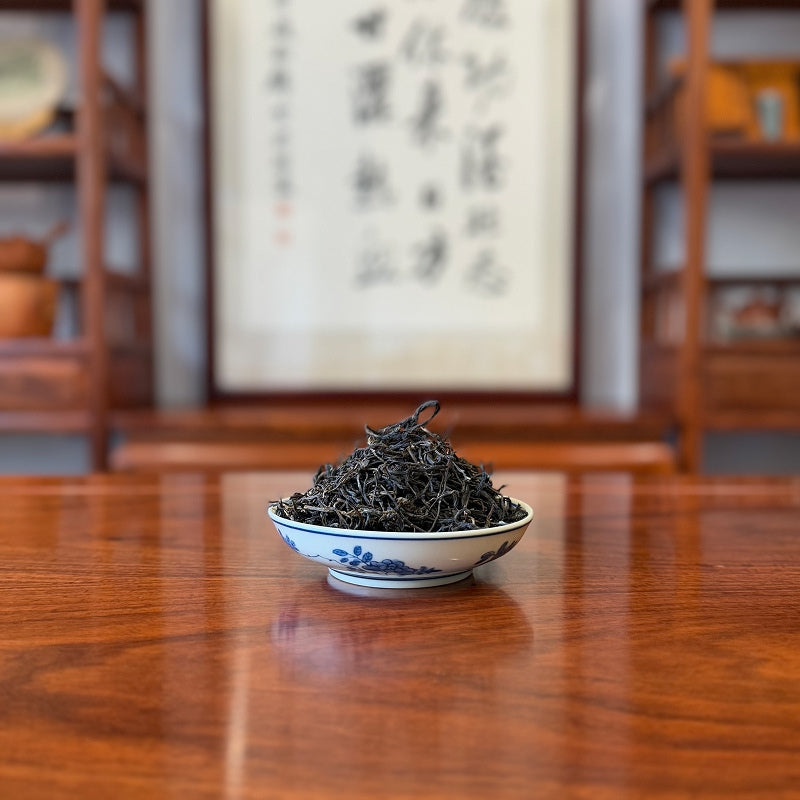Le thé Oolong chinois, connu sous le nom de Wu Long Cha (乌龙茶), est l'un des thés les plus célèbres et les plus complexes au monde.

Alliant la fraîcheur du thé vert et la profondeur du thé noir, Oolong offre une expérience unique et raffinée façonnée par des siècles de savoir-faire et de terroirs diversifiés.
Que vous soyez un amateur de thé chevronné ou un nouveau venu dans cette infusion emblématique, ce guide ultime vous expliquera tout ce que vous devez savoir, des origines et des profils de saveur aux facteurs de prix et aux conseils d'achat authentiques.
Les racines du thé Oolong chinois : régions et origines

L'âme du thé Oolong est profondément ancrée dans son origine. Contrairement à de nombreux thés, sa saveur et son caractère sont façonnés par une combinaison unique de climat, d'altitude, de sols et de sources d'eau. Ces facteurs de terroir sont indispensables pour définir la qualité et le style du thé que vous dégustez.
Quatre régions principales constituent l’épine dorsale du patrimoine du thé Oolong chinois :
La montagne Wuyi du Fujian
Berceau du premier procédé de semi-fermentation du thé Oolong. Connu pour ses arômes minéraux rappelant les « rimes de roche », il produit des thés emblématiques comme le Da Hong Pao et le Rou Gui. Le relief accidenté de Danxia lui confère un arôme torréfié et minéral distinctif.
Comté d'Anxi, Fujian
Berceau de l'artisanat systématique du thé Oolong, notamment pour son Tieguanyin. Ses collines brumeuses et ses pluies équilibrées nourrissent des thés aux arômes floraux d'orchidée et à la finale vive et douce.
La montagne du Phénix du Guangdong
C'est ici que se trouve le Phoenix Dancong Oolong, dont la palette aromatique est riche et variée, allant de l'orchidée miel au magnolia. Les sols volcaniques et les théiers centenaires contribuent à sa réputation de « champagne des thés ».
Les régions de haute montagne de Taïwan
Des régions comme Nantou et Alishan produisent des Oolongs parfumés et onctueux aux notes fruitées et lactées rafraîchissantes. Taïwan allie techniques traditionnelles et innovation pour élaborer ces thés très prisés.
Découvrez plus de détails dans notre article Principales régions et origines des feuilles de thé Oolong chinois .
Quels sont les facteurs déterminants du prix du thé oolong ? Six facteurs essentiels

Comprendre le prix du thé Oolong permet d'apprécier sa valeur au-delà de la tasse. Plusieurs facteurs déterminants influencent son prix :
- Origine : Les régions principales comme Wuyi, Anxi et Phoenix Mountain offrent des prix élevés en raison de leur histoire, de leur réputation et de la qualité de leur terroir.
- Altitude : Les thés de haute montagne bénéficient de températures plus fraîches et de variations de température plus importantes, produisant des arômes plus riches et des saveurs plus complexes, bien que les coûts de production augmentent en conséquence.
- Âge de l'arbre : Les théiers plus âgés aux racines profondes produisent des thés aux corps plus corsés et aux profils uniques, augmentant souvent la rareté et le prix.
- Saison des récoltes : Les récoltes de printemps et d'automne offrent généralement les meilleures saveurs, les thés de printemps étant appréciés pour leur fraîcheur et les thés d'automne pour leur complexité.
- Méthodes de traitement : La production artisanale et faite à la main implique un travail qualifié et un contrôle méticuleux, ce qui augmente les coûts par rapport à la production mécanisée mais offre une saveur supérieure.
- Intensité du travail : le terrain difficile et la cueillette manuelle augmentent les coûts de main-d'œuvre, ce qui a un impact direct sur le prix premium du Oolong.
Pour un examen approfondi, consultez Prix et coût du thé Oolong : 6 facteurs clés à connaître .
La symphonie des saveurs : oxydation, torréfaction et savoir-faire

La complexité de la saveur du thé Oolong provient de sa gamme unique de semi-oxydation (15%-80%), équilibrant fraîcheur et douceur.
- Niveaux d'oxydation : Une faible oxydation préserve la fraîcheur des notes végétales ; une oxydation plus forte révèle des saveurs riches et sucrées, rappelant le thé noir. Chaque petit ajustement crée des différences de goût subtiles mais significatives.
- Techniques de torréfaction : La torréfaction façonne les nuances aromatiques, des notes florales légères aux notes miellées et caramélisées profondes. L'intensité et la durée de la torréfaction sont soigneusement contrôlées par des maîtres artisans pour créer des saveurs uniques.
- Contrôle tridimensionnel des saveurs : l'interaction entre l'oxydation, l'intensité de la torréfaction et le temps de torréfaction forme un « espace de saveur » où le profil de chaque thé est élaboré de manière unique.
Les expressions de saveurs régionales reflètent ces processus :
- La profondeur du « chocolat noir » du thé Wuyi Rock
- L'élégance florale « champagne » d'Anxi Tieguanyin
- La richesse du « parfum oriental » de Phoenix Dancong
- La douceur du « Chardonnay » de Taiwan High Mountain
Découvrez-en plus sur la saveur du thé Oolong : profils de goût uniques et complexes expliqués .
Comment identifier le thé Oolong par la forme des feuilles

L'inspection visuelle des feuilles de thé sèches offre des indices pratiques sur l'origine et le style :
- Nord du Fujian (Thé de roche Wuyi) : bandes épaisses, larges, foncées et brillantes avec une forte torréfaction visible.
- Fujian méridional (Anxi Tieguanyin) : bandes serrées et bouclées ressemblant à des têtes de libellule, avec une teinte brun verdâtre.
- Guangdong oriental (Phoenix Dancong) : fines bandes semi-bouclées avec des poils gris-blanc.
- Taiwan High Mountain : Granules serrés en forme de boule, vert vif ou vert foncé avec des reflets bleus.
Maîtriser ces caractéristiques visuelles permet un achat en toute confiance et une dégustation authentique. Pour en savoir plus, consultez l'article « Thé oolong en vrac : explication de la classification des formes » .
Où acheter du thé Oolong authentique en ligne

Trouver du thé Oolong authentique parmi la multitude de produits contrefaits peut s'avérer décourageant. Les données du secteur montrent que de nombreux acheteurs perdent des centaines de dollars chaque année à cause de thés contrefaits ou de mauvaise qualité.
Des sources fiables comme le Chinese Tea Group proposent :
- Divulgation transparente des origines du thé
- Relations directes avec les producteurs de thé traditionnels
- Photos et vidéos authentiques de produits de salons de thé
- Cultivé naturellement sans pesticides ni engrais chimiques
- Des maîtres de thé experts pour un accompagnement personnalisé
Découvrez notre collection de produits sélectionnés de thé Oolong pour commencer votre voyage de thé authentique.
En savoir plus dans Où acheter du thé Oolong en ligne – Maison de thé traditionnelle chinoise .
Réflexions finales : embarquez pour votre voyage autour du thé Oolong

Le thé oolong chinois est un véritable trésor de saveurs, de culture et d'histoire. Des falaises rocheuses de Wuyi aux hautes terres brumeuses de Taïwan, chaque tasse raconte une histoire de terroir et d'artisanat.
En comprenant les origines, les facteurs de prix, la complexité des saveurs, l'apparence des feuilles et l'approvisionnement, vous êtes équipé pour apprécier et sélectionner le vrai thé oolong en toute confiance.
Plongez plus profondément dans nos ressources complètes et découvrez la boisson légendaire qui enchante les amateurs de thé depuis des siècles.
Articles connexes que vous pourriez aimer
- Principales régions et origines des feuilles de thé Oolong chinois
- Prix et coût du thé Oolong : 6 facteurs clés à connaître
- Saveur du thé Oolong : profils gustatifs uniques et complexes expliqués
- Thé Oolong en vrac : explication de la classification des formes
- Où acheter du thé Oolong en ligne ? – Salon de thé traditionnel chinois
Découvrez notre collection de thé Oolong
Découvrez une sélection organisée de thés oolong authentiques dans notre collection de produits sélectionnés de thé Oolong .
